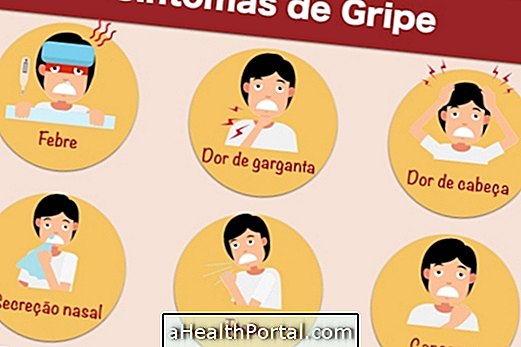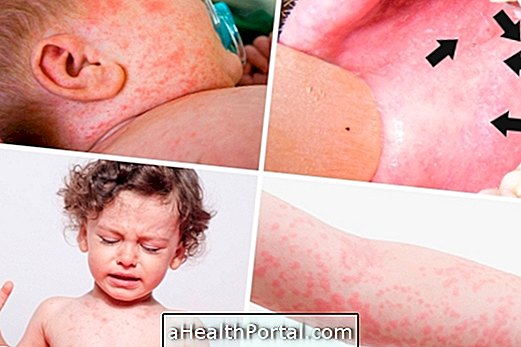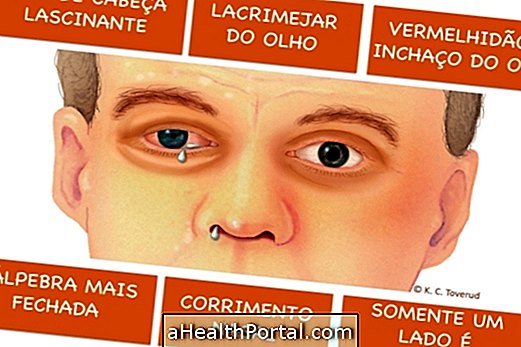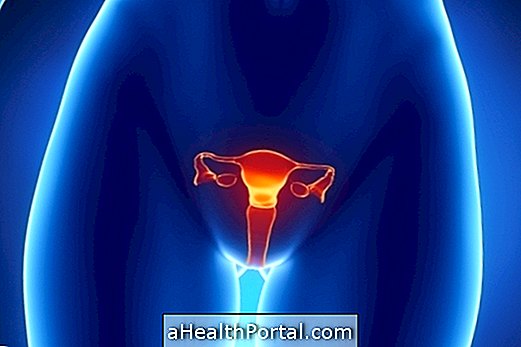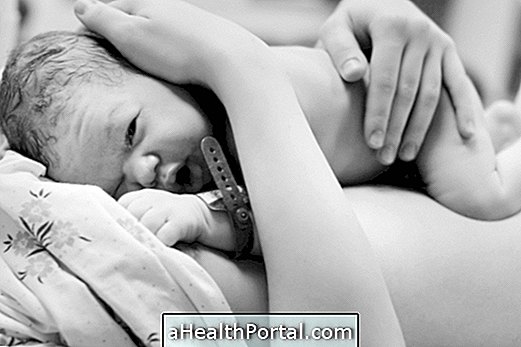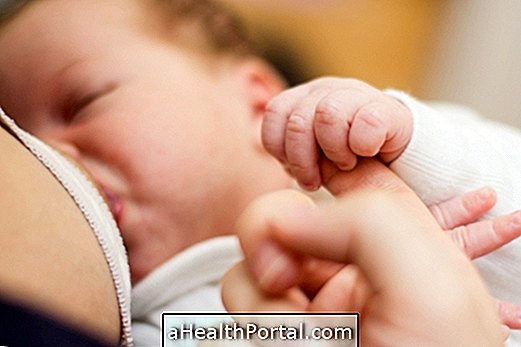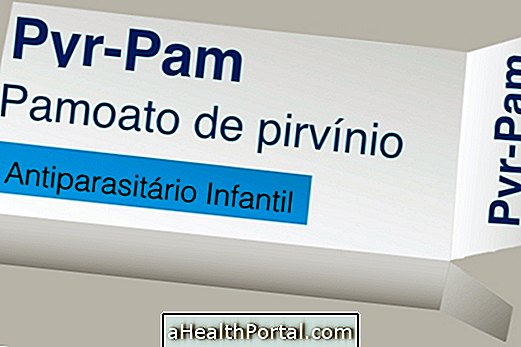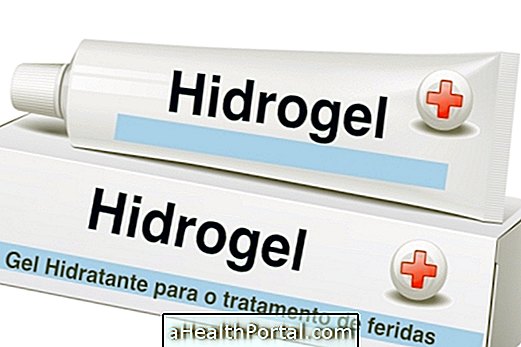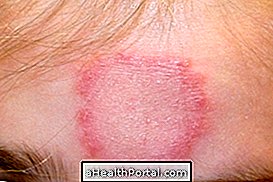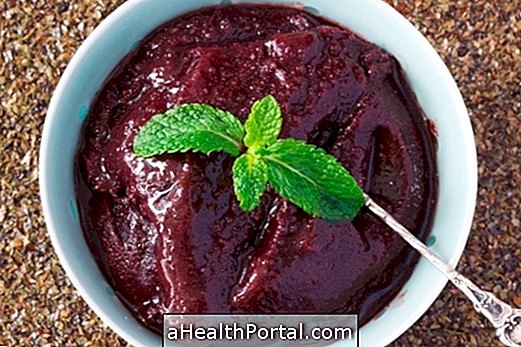Pertussis, also known as a long cough, is an infectious disease caused by bacteria that enter the lungs when it enters the lungs and initially causes flu-like symptoms such as low fever, runny nose, and cough dry, for example.
The symptoms of pertussis vary from person to person and according to age, with adults usually asymptomatic whereas for children this disease can be fatal if not identified and treated quickly. Learn more about pertussis.
Treatment is usually done with antibiotics that should be taken according to the medical recommendation. In addition, there are some natural options for treating pertussis, such as green anise and gold rod. Here are the 5 natural options for whooping cough.
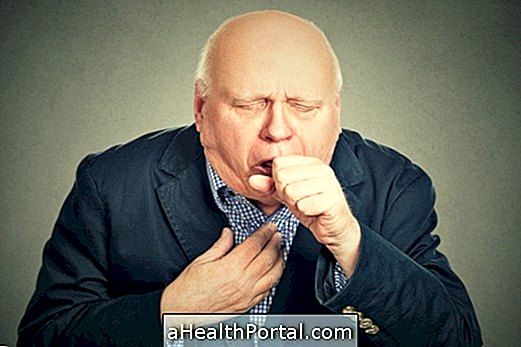
Symptoms of pertussis
The symptoms of pertussis appear gradually, characterizing in three stages:
1. Cranial Stage
The catarrhal stage is characterized by the following symptoms:
- Low fever;
- Coriza;
- Dry and persistent cough;
- Sneezing;
- Lack of appetite;
- Tearing eyes;
- Bluish lips and nails during cough crises;
- General malaise.
Symptoms of this stage are mild, usually lasting about 1 to 2 weeks and may be confused with influenza or cold.
2. Paroxysmal or acute stage
The paroxysmal stage is characterized by:
- Shortness of breath;
- Vomiting;
- Difficulty eating;
- Crisis of sudden and rapid cough in which the person feels difficulty in breathing and that usually end in a deep inspiration generating a sound like a winch.
Symptoms of the paroxysmal stage often last for 1 to 2 weeks.
3. Stage of Convalescence or severe
At the convalescence stage the symptoms begin to disappear and the cough returns to normal, however, complications such as respiratory arrest, pneumonia and mucosal bleeding may occur at this stage, for example, if left untreated.

Symptoms of whooping cough in baby
Symptoms of pertussis in baby include sneezing, runny nose, coughing and sometimes fever for about two weeks. After this time, the cough, which lasts for about 20 to 30 seconds, is accompanied by a loud noise and the baby may have difficulty breathing between coughing coughs.
Coughing cramps are more common at night, and your baby's lips and fingernails may be bluish due to lack of oxygen. In addition to these symptoms of childhood pertussis, vomiting can also occur, especially after a coughing crisis. Learn more about pertussis in babies.
Possible Complications
The complications of whooping cough are rare, but may occur when the person has a severe coughing crisis, is not treated or does not follow the treatment correctly, and may be:
- Difficulty breathing, resulting in respiratory arrest;
- Pneumonia;
- Bleeding into the eyes, mucous membranes, skin or brain;
- Ulcer formation under the tongue, due to the friction between the tongue and the teeth during the episodes of cough;
- Rectal prolapse;
- Umbilical and abdominal hernia;
- Otitis, which corresponds to inflammation in the ears;
- Dehydration.
In the case of whooping cough in babies, there may still be seizures that can lead to brain impairment.
To avoid these complications it is recommended that all children and adults take the 5 doses of the tetanus, diphtheria and pertussis vaccine and receive the appropriate treatment when they are diagnosed with this infection. Learn more about the tetanus, diphtheria and pertussis vaccine.

